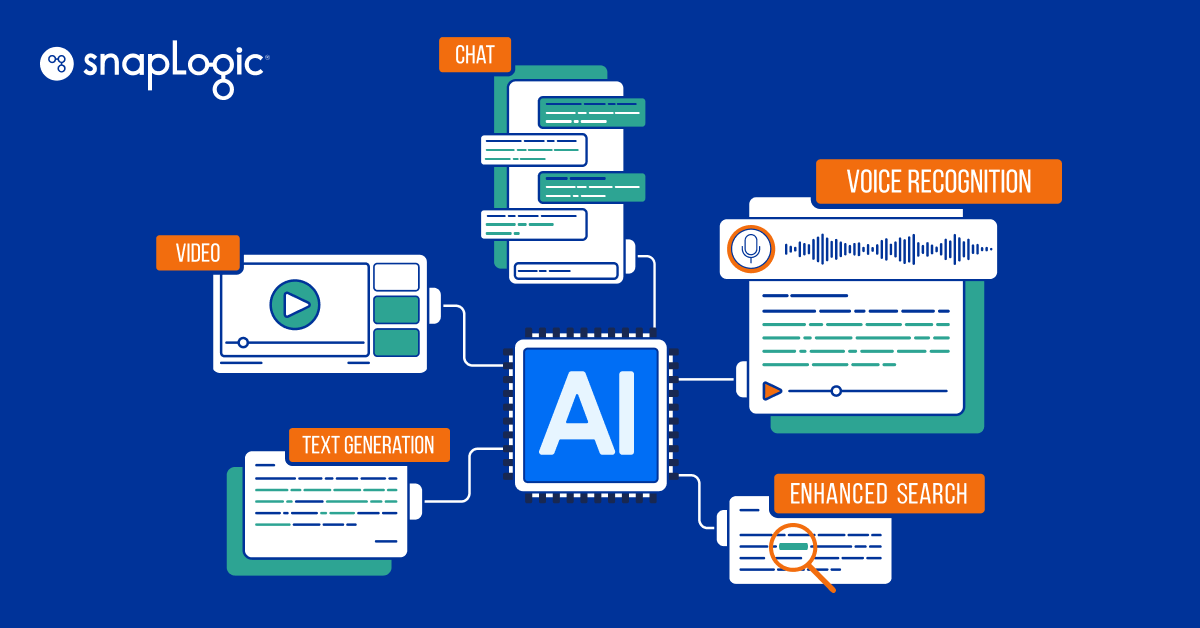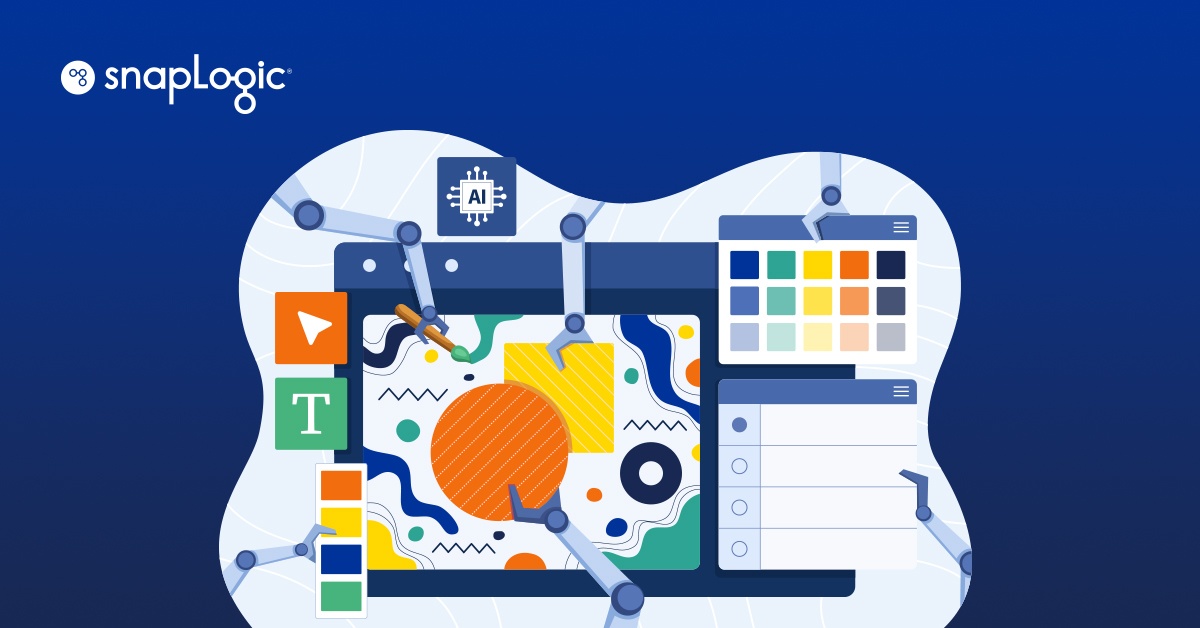As a UX designer, one of my goals is to create interfaces that seamlessly connect users with technology, providing intuitive and delightful experiences. One intriguing development that has seized my interest lately is the integration of Language User Interface (LUI) patterns within the domain of artificial intelligence (AI). LUI patterns, a term coined by Sam Altman, leverage the power of natural language understanding and generation to enhance user interactions with AI systems. Let’s explore the influence of LUI patterns on user experience and how they are reshaping the realm of AI.
#1 Click to Complete: Empowering Users with AI-generated Suggestions
One of the LUI patterns that greatly enhances user experience is the “Click to Complete” pattern. In the context of AI, this pattern enables users to receive AI-generated suggestions or completions as they type. Whether it’s in search engines, email clients, or text editors, this autocomplete feature saves time and reduces errors. By analyzing the user’s input, the AI system generates relevant suggestions, allowing users to conveniently select the desired option with a simple click. This pattern not only streamlines user interactions but also provides users with valuable insights and recommendations.
#2 Command Pilot: Conversational Interactions with AI
The “Command Pilot” pattern revolutionizes user interactions with AI systems by allowing users to issue natural language commands. Voice assistants like Siri, Alexa, and Google Assistant have popularized this pattern, enabling users to control smart devices, schedule appointments, or play music simply by speaking. The AI system understands the user’s intent and executes the corresponding actions. This conversational interface brings a new level of convenience and accessibility, making technology feel more intuitive and human-like.
#3 One-on-One Chat: Seamless Conversations with AI-powered Chatbots
Chatbots powered by AI utilize the “One-on-One Chat” pattern to simulate conversations with users. I have seen the immense potential of this pattern in customer support, where chatbots engage users in natural language conversations. Users can ask questions, provide instructions, or seek information, and the AI system comprehends the queries and responds accordingly. This interactive and conversational experience creates a sense of personalized assistance, enhancing user satisfaction and reducing the friction often associated with traditional interfaces.
#4 Guiding Questions: Tailored Recommendations and Solutions
The “Guiding Questions” pattern is an excellent example of how LUI can leverage AI capabilities to provide tailored recommendations or solutions. In this pattern, the AI system poses specific questions to users to gather relevant information. This data is then used to generate personalized suggestions based on user preferences and needs. Recommendation systems and decision support tools often employ this pattern, helping users make informed choices and simplifying complex decision-making processes.
#5 Smart Suggestions: AI-Driven Recommendations
The “Smart Suggestions” pattern leverages AI algorithms to provide intelligent recommendations to users. By analyzing user behavior, preferences, and contextual information, the AI system generates personalized suggestions, such as product recommendations, content suggestions, or next-best-actions.
#6 Natural Language Search: Enhanced Search Capabilities
The “Natural Language Search” pattern enables users to perform searches using natural language queries. Instead of relying on rigid keyword-based searches, users can express their queries in a more conversational manner. AI systems equipped with natural language understanding capabilities can interpret and process these queries, delivering more accurate and relevant search results.
#7 Contextual Understanding: Personalized User Interactions
The “Contextual Understanding” pattern involves AI systems that can understand and remember contextual information from previous interactions. This pattern enables AI systems to provide personalized and context-aware responses, taking into account the user’s history, preferences, and specific situational context.
I am excited about the impact of Language User Interface (LUI) patterns on user experience. These patterns leverage the remarkable capabilities of natural language understanding and generation to create interfaces that are not only conversational and intuitive but also user-friendly. Whether it involves providing autocomplete suggestions, enabling voice commands, facilitating chatbot interactions, or employing guiding questions, LUI patterns significantly enhance the usability and accessibility of AI systems. This, in turn, can make technology more approachable and empowering for users.
As AI continues to evolve and progress, LUI patterns should be recognized as invaluable assets in our UX design toolkit. By seamlessly integrating natural language interactions into interfaces, we have the opportunity to craft experiences that truly resonate with users, instill trust, and unlock the full potential of AI technology. So, let’s embrace LUI patterns and shape a future where AI interfaces truly understand and cater to user needs.










